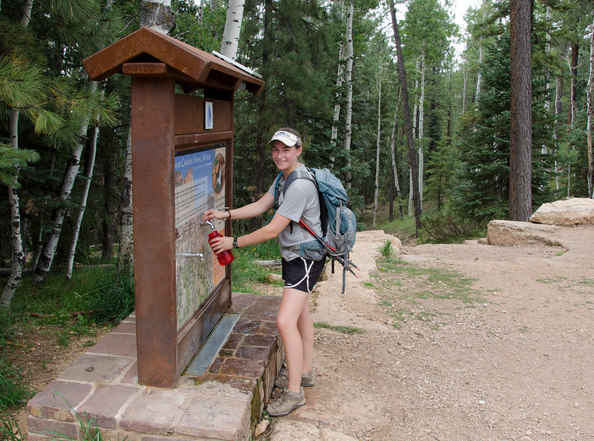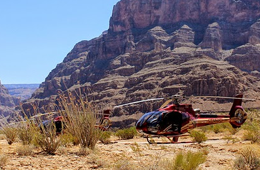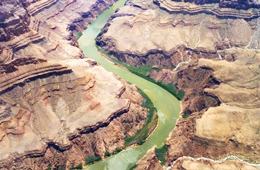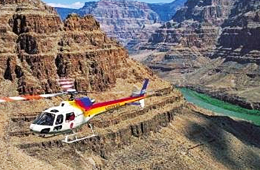
Welcome to Part Two of our guide, “A Safety Guide to Grand Canyon Hiking for Individuals That Have a Medical Condition”. In Part One, you learned that, even if you suffer from a medical condition, you have the ability to successfully engage in Grand Canyon hiking and personally visiting the most popular Grand Canyon attractions. While it is true that you will need to be especially cautious in venturing out in the Grand Canyon as a result of your medical condition, there are steps that may be taken – such as knowing your abilities/limitations, and packing as little as possible – that will allow you to enjoy the activity. In Part Two, we will expound on additional steps that you should take when electing to engage in Grand Canyon hiking with a medical condition.
Breathing Properly
When you elect to go on the trip that will allow you to indulge in Grand Canyon hiking, it is important to ensure that you breathe properly. Huffing and puffing should be avoided at all times. According to medical professionals, if you are capable of talking while you are hiking, then, you are walking at a speed that is appropriate for your body. If you are unable to walk and talk, it indicates that your body is not getting the oxygen that is necessary to function in an effective manner. By hiking slowly, you will find that you are able to reserve your energy and feel better while visiting all of those Grand Canyon attractions.
Break Often
Metabolic-based waste products have the ability to accumulate in the legs while engaging in Grand Canyon hiking. You should take a break every 50 minutes of your hike for a total of 10 minutes. When taking the break, be certain to actually sit down and prop your legs up. You should also ensure that you drink water during your break, that you consume foods that are high in protein, and that you focus on your breathing. While you may feel as if taking a break is a waste of time, you should know and understand that, in the long-run, it will save you time. You will not be slowed down due to over straining yourself or your medical condition.
Pay Attention to Your Time
When engaging in Grand Canyon hiking, it is important that you pay attention to your time. This is especially true if you suffer from a medical condition. While it is fun to explore all of the Grand Canyon attractions, it is important to know and understand that it will take you twice as long to hike back up the Grand Canyon as it did to hike down the Grand Canyon. Just remember to dedicate 1/3 of your time to carefully descend into the national park, and 2/3 of the time to ascend from your original starting point. Just in case you do not gauge your time well, you should bring along a flashlight, extra batteries, a cell phone, and other items that will allow you to maneuver successfully in the dark.
Conclusion
There are a multitude of Grand Canyon attractions that may be observed by foot. However, if you suffer from a medical condition, you may find yourself a bit hesitant about engaging in the act of Grand Canyon hiking. In this guide, you have been presented with a number of tips and strategies on how to successfully maneuver the national park with a medical condition in a safe and effective manner. By following these steps, you will find that – regardless of the medical condition that you suffer from – you, too, may experience the thrill and excitement of Grand Canyon hiking!



